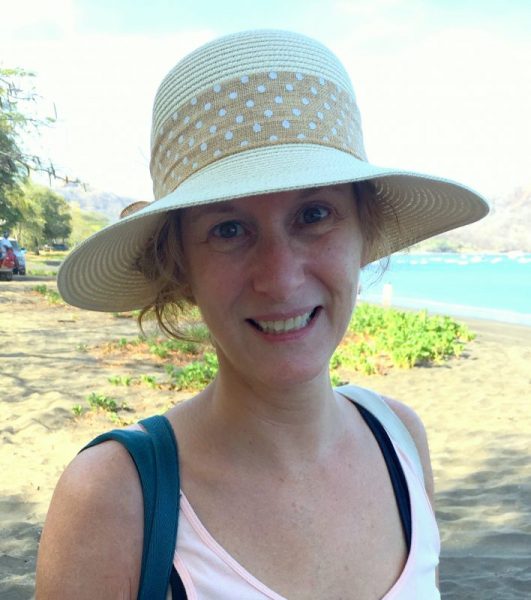Revised Study: P’ville Can Handle More Downtown Development
Planning consultants for the Village of Pleasantville revised their 10-year projected impacts that downtown development would have on the community but once again concluded the village would be able to handle the increase in residential units.
The updated study presented at the last Pleasantville Village Board meeting addressed comments critical of the preliminary version discussed last month.
Susan Favate of BFJ Planning, the village’s planning consultant firm, said the study’s goal was to analyze potential development over the next decade for the downtown district using current zoning regulations. A six-month moratorium went into effect in January for the downtown business district to give the village time to conduct and analyze a study.
The preliminary analysis looked at 10 downtown sites and projected a maximum of another 63 new apartments that would increase Pleasantville’s multifamily housing stock to about 7 percent. Other projections in the initial review estimated nine additional school-age children, although that was bumped up to 16 children, and no significant impact on traffic, emergency services or public safety.
“We did get pushback from members of the public and we talked about that a lot,” Favate said during her presentation. “Folks felt they’ve already seen a lot of development and that number (of apartments) seems awfully low given how much development the village has seen already.”
To address the public’s concerns, Favate said the updated study doubled the number of apartments to a projected 126 units and included parcels that were just outside the downtown business district. There could be as many as 80 school-age children with 126 residential units.
With 126 residential units, seven additional calls to the fire department were projected annually, and an increase of just under 20 additional calls a year to the ambulance corps were projected.
The analysis concluded that the impacts would be easily handled by the village and school district.
Pleasantville resident Tom Rooney said he still disagreed with the revised numbers and that increased traffic would impact the village’s emergency services.
“If it takes an extra traffic light for a car to get through, that doesn’t matter to you and me but it does for an ambulance that is trying to save you or your child,” Rooney said. “As to the traffic studies, in real life it just doesn’t work that way.”
Rooney reiterated his fear that dwindling volunteer fire department membership would eventually require paid firefighters.
“New people are less likely to join because where they come from there are paid fire departments and they don’t think about this,” he said.
Former longtime Pleasantville village trustee Jonathan Cunningham also found fault with the updated analysis, especially the suggested impact of more school children.
“In my observation one- and two-bedroom apartments usually generate(s) younger school children, and if that’s the case BFJ might find that the predicted 80 kids are not spread across 12 grades,” Cunningham said. “Most could end up in (Bedford Road School), where there is enough space but (the increase) may require additional teachers, costing the district more. I don’t think the study addressed that and it needs to.”
Attending the meeting on Zoom was resident Peter Russell, who said he was surprised by concerns for increased school enrollment.
“We are a community that loves children and we can handle more children,” Russell said. “We should not be overly restrictive on unit size that limits children coming in and growing up in this village.”
School district data reflects declining school enrollment over the past decade, from a high of 1,778 students in the 2013‐14 school year to 1,630 students currently.
Russell also said more work is needed on village design guidelines.
“You need to make design guidelines more challenging and make them reflect concerns that you are hearing from the villagers,” he said.
Critics have objected to the design of 52 Depew St. for appearing too industrial and failing to fit in with the neighborhood.
The updated BFJ report cited challenges for developers required to provide on-site parking, which the report characterized as a deterrent to development. That would necessitate underground parking of a structure, which is less financially feasible.
“The analysis is discounting the history and willingness and desirability of developers to invest in Pleasantville,” said Cunningham, adding the report downplayed the parking issue. “The developer at 70 Memorial Plaza dug deep into bedrock to create parking and at 52 Depew the developer purchased adjacent property for parking. Developers will find a way to overcome these challenges.”
The BFJ study was launched in January to coincide with the start of the six-month moratorium. The moratorium ends July 30.

Abby is a seasoned journalist who has been covering news and feature stories in the region for decades. Since The Examiner’s launch in 2007, she has reported extensively on a broad range of community issues. Read more from Abby’s editor-author bio here. Read Abbys’s archived work here: https://www.theexaminernews.com/author/ab-lub2019/
